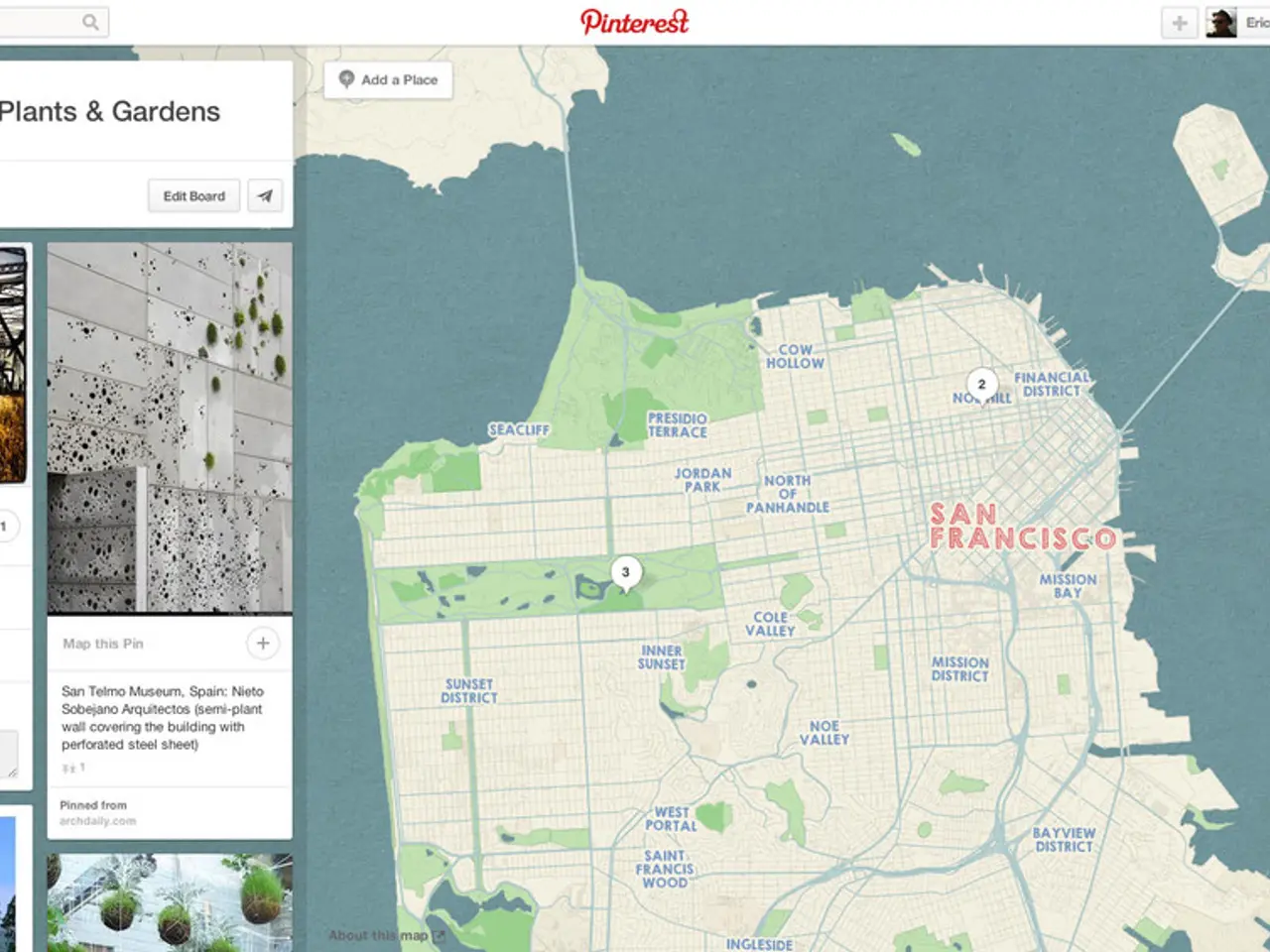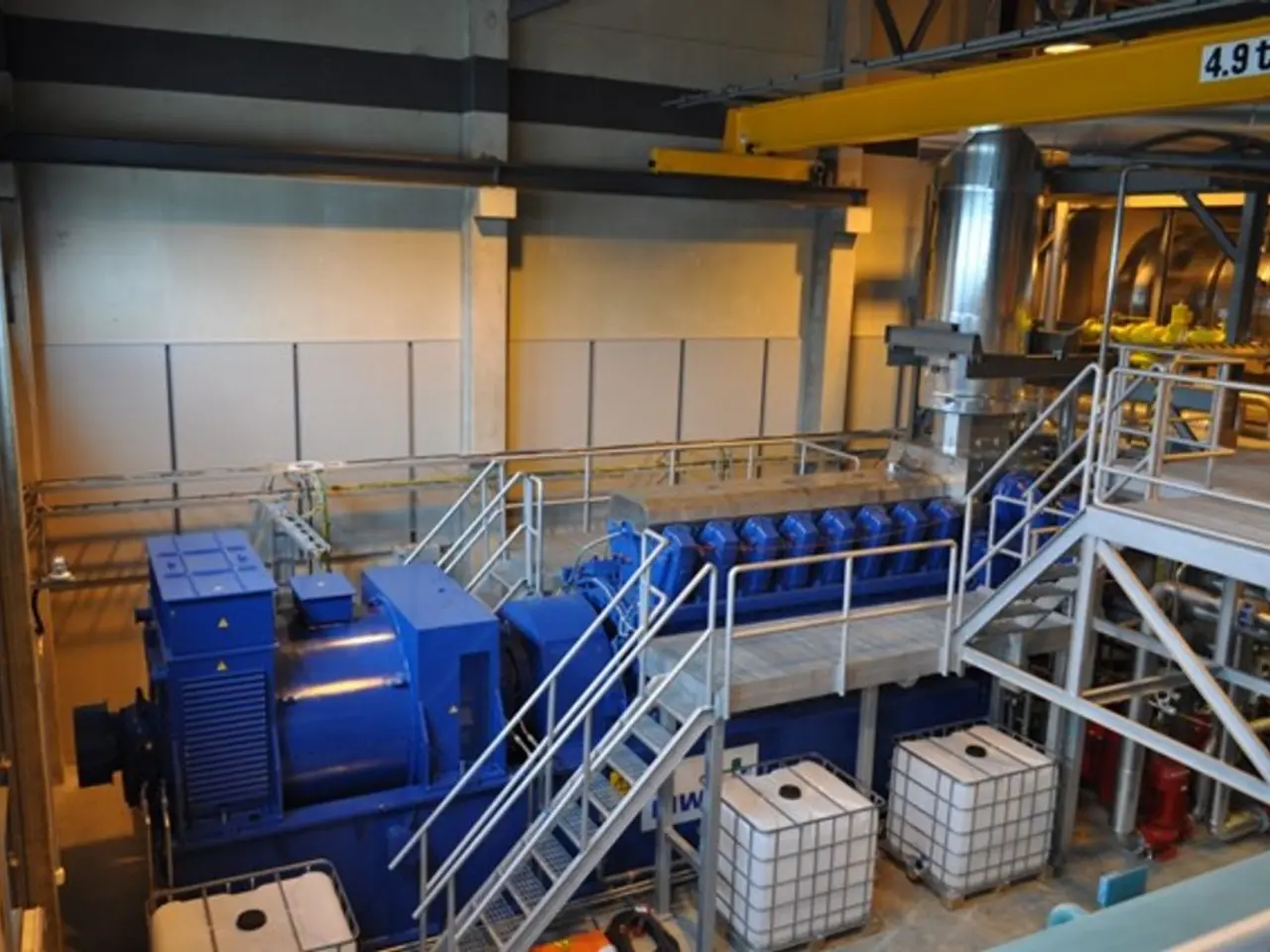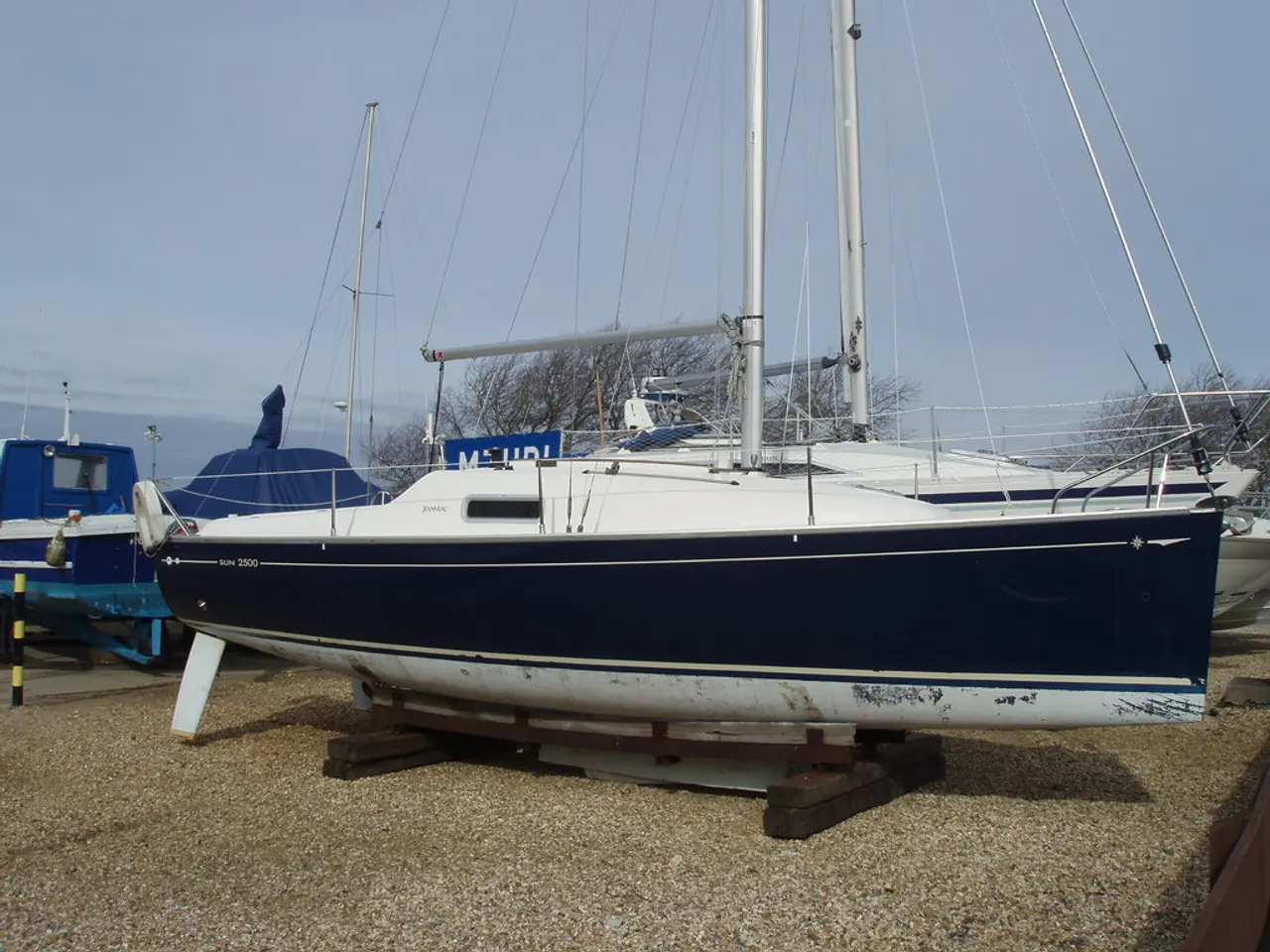Conversations with Notable Individuals
In the realm of maritime navigation, hydrography – the science of surveying and mapping the seafloor – has witnessed significant advancements over the past few decades. These milestones, ranging from the advent of acoustic sonar to the emergence of autonomous sensing platforms, have profoundly impacted the way hydrography is conducted worldwide.
Acoustic Sonar and Multibeam Sonar
Initially, acoustic sonar technologies allowed for detailed underwater mapping by emitting sound pulses and measuring their echoes off the seabed. This technique evolved to multibeam sonar systems, providing highly accurate, wide-area seabed maps. The use of multi-frequency multibeam sonar delivers unprecedented accuracy, revolutionizing the field of hydrography.
Satellite-Derived Bathymetry
In recent years, satellite-derived bathymetry has emerged as a strategic innovation, particularly for shallow coastal waters. By analyzing the penetration of light through water, satellites can estimate depths over large areas, providing fast, although less precise, seabed coverage that complements acoustic methods. This technology facilitates rapid mapping in remote or politically sensitive regions and supports environmental monitoring of coral reefs and seagrass beds.
Bathymetric LiDAR
Bathymetric LiDAR further advances hydrography by improving coastal mapping capabilities. Unlike traditional sonar, LiDAR uses laser pulses to map shallow water depths and shoreline topography with high resolution.
Autonomous Platforms and Crowdsourced Data
The integration of autonomous platforms (e.g., autonomous underwater vehicles, drones) and crowdsourced data from commercial and private vessels has transformed hydrographic data collection into a collaborative global network. Crowdsourcing contributes to mapping heavily trafficked routes and uncovering previously unknown seabed features, enhancing the overall understanding of marine environments.
These technological advancements have enabled countries worldwide to strengthen maritime navigation safety, support environmental stewardship, and enhance marine spatial planning. Developing coastal nations especially benefit from training programs linked with these technologies to build local hydrographic capabilities and manage their marine resources more effectively.
National Milestones
Various countries have identified key milestones in their hydrographic history. For instance, the United States considers the recognition of the importance of hydrographic and geospatial science, from a national perspective, to support marine navigation as the most important milestone in US hydrographic history. Germany identifies the invention of the echosounder, the digitalization in hydrography, and the widening scope of users and uses of hydrographic data as milestones. Sweden considers the establishment of the International Hydrographic Organization (IHO) in 1921, the establishment of Regional Hydrographic Commissions (RHCs), and the implementation of the first global standard for electronic geographic information, namely the S-57 standard for ENCs, as important milestones.
The Future of Hydrography
Many countries anticipate the regular use of AI in hydrographic data processing, the adoption of the S-100 standard, and the integration of autonomous vehicles in their hydrographic services. Japan wishes to see the introduction of AI technology into hydrography in the near future. Portugal anticipates the transition to autonomous systems, AI, and the implementation of S-100 standard will have a transformative impact in maritime navigation and support of marine environment and coastal infrastructures.
In conclusion, the evolution of hydrography has been marked by significant technological advancements, from acoustic and multibeam sonar, satellite-derived bathymetry, bathymetric LiDAR, and autonomous sensing platforms. These milestones have revolutionized hydrography by improving data accuracy, coverage, and accessibility worldwide. The collaborative nature of modern hydrography leveraging technology and crowdsourcing fosters global knowledge sharing and enhanced marine management.
- Acoustic sonar and multibeam sonar technologies have facilitated detailed underwater mapping, with multibeam sonar providing highly accurate, wide-area seabed maps, ultimately revolutionizing the field of hydrography.
- Satellite-derived bathymetry has emerged as a strategic innovation, particularly for shallow coastal waters, offering fast, although less precise, seabed coverage that complements acoustic methods, and promoting environmental monitoring of coral reefs and seagrass beds.
- Bathymetric LiDAR further advances hydrography by improving coastal mapping capabilities, providing high-resolution maps of shallow water depths and shoreline topography.
- The integration of autonomous platforms (e.g., autonomous underwater vehicles, drones) and crowdsourced data from commercial and private vessels has transformed hydrographic data collection into a collaborative global network, enhancing the overall understanding of marine environments.
(As the given words are 'ocean mapping', 'marine spatial data', 'hydrographic survey', 'safety of navigation', 'sports', 'football', 'soccer', 'european-leagues', 'premier-league' and there is no context provided to link them with the text, I could not incorporate these words in a grammatically correct and coherent manner in the given text blocks.)







